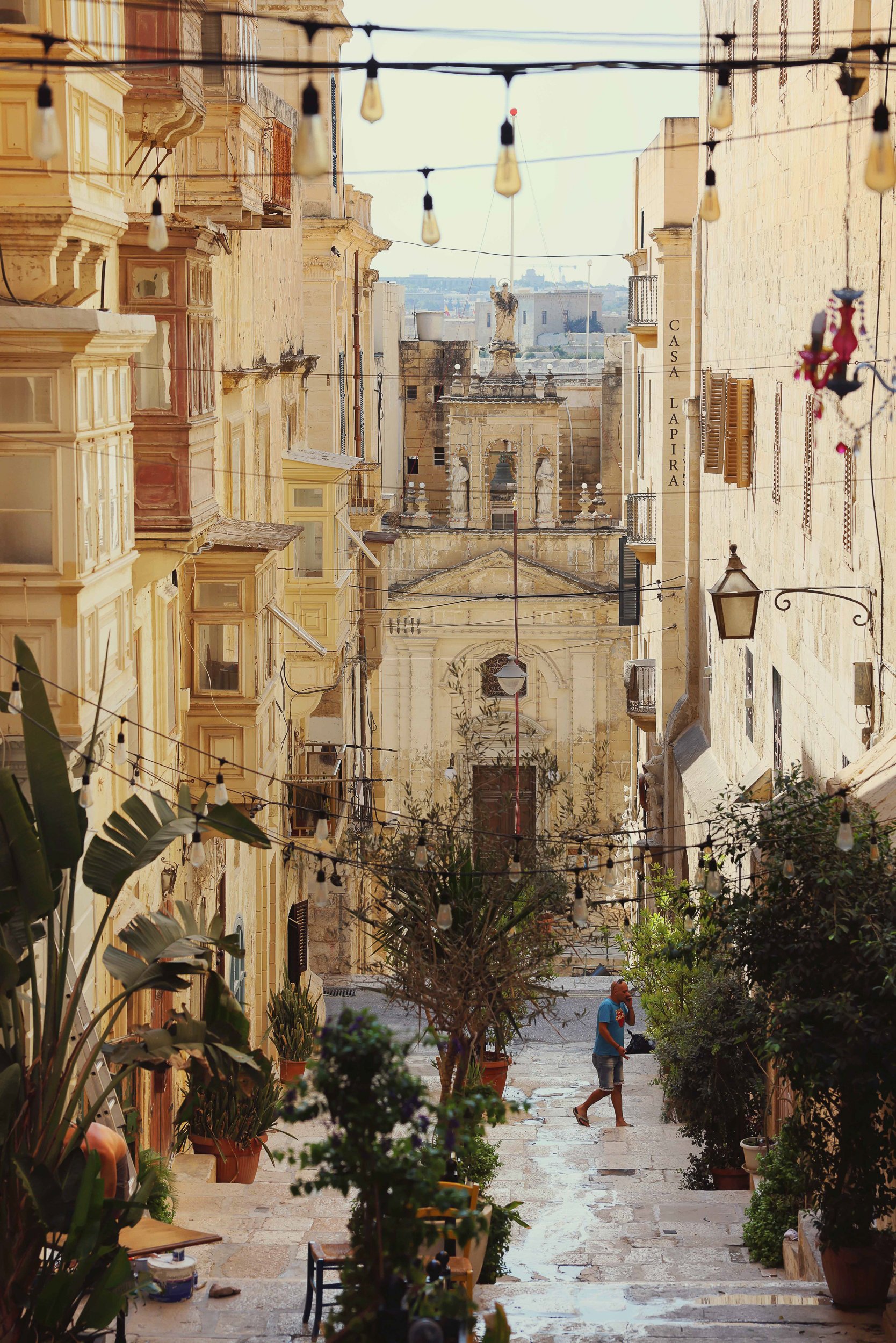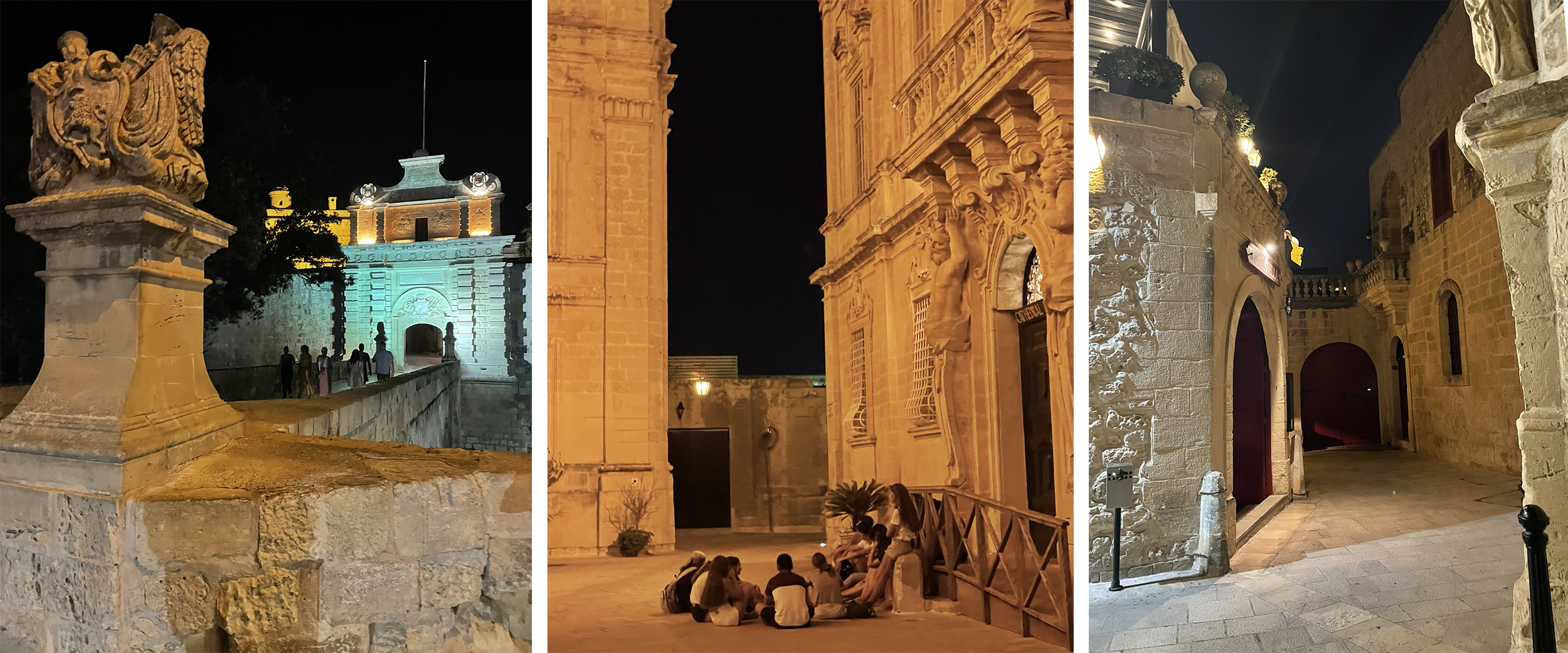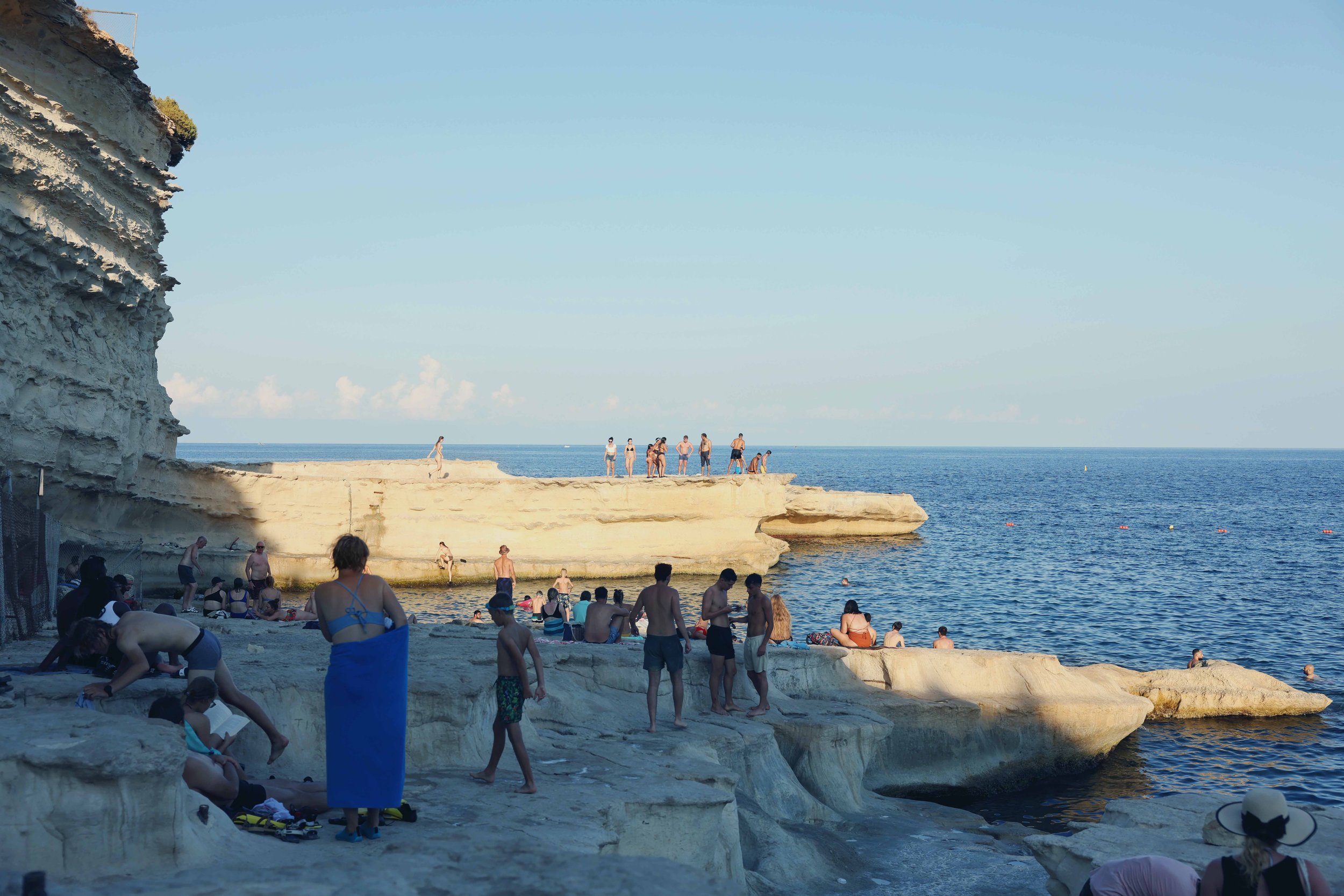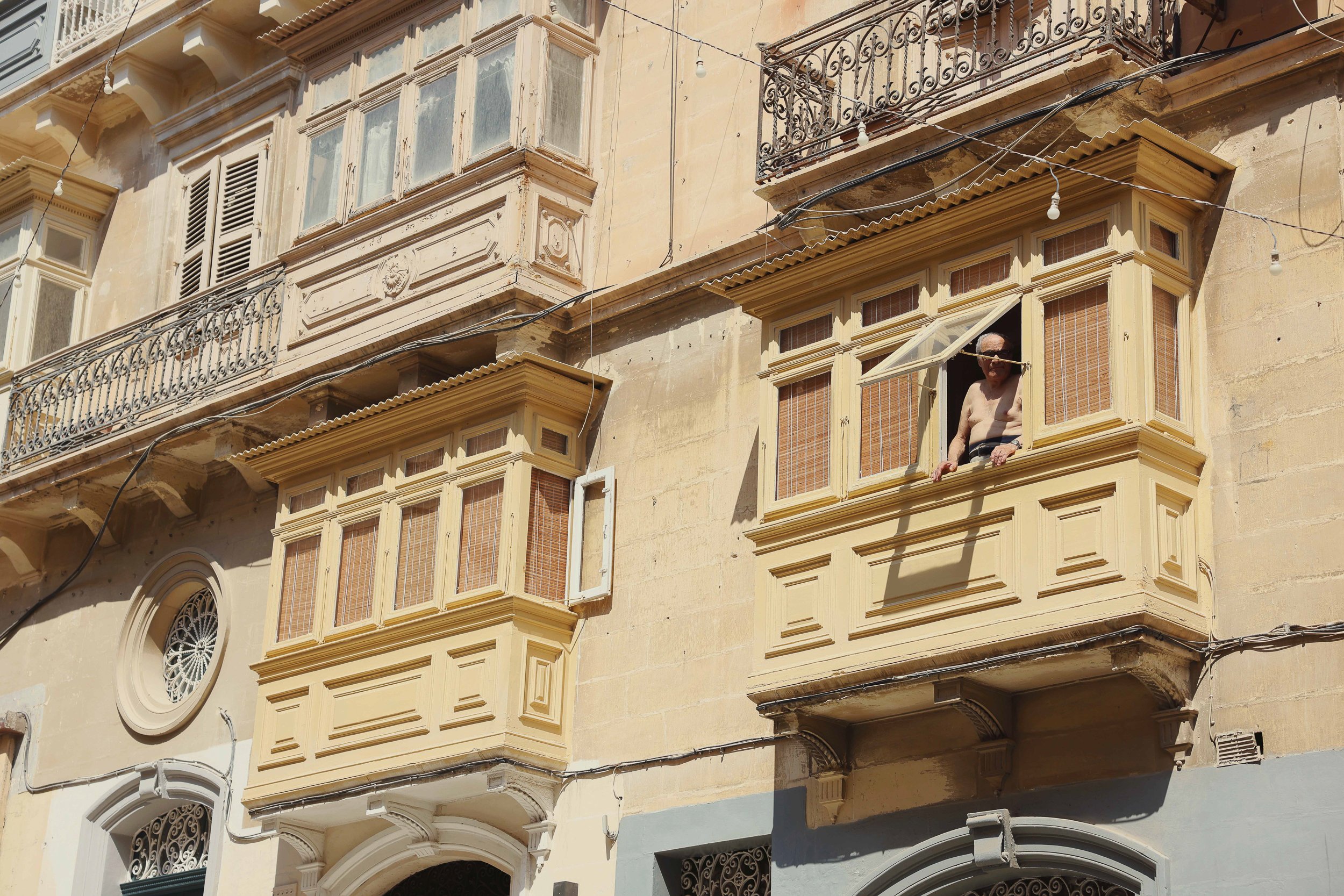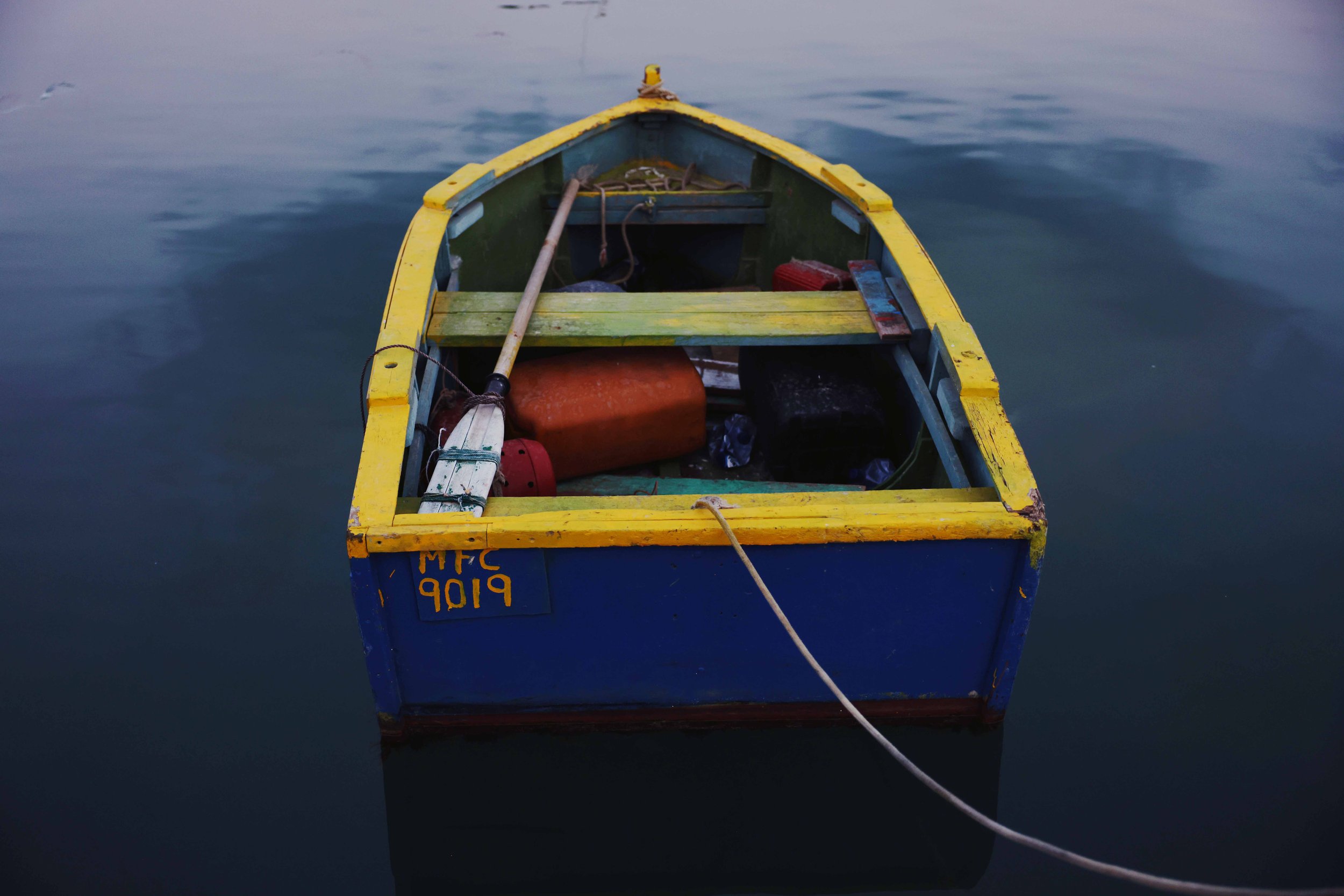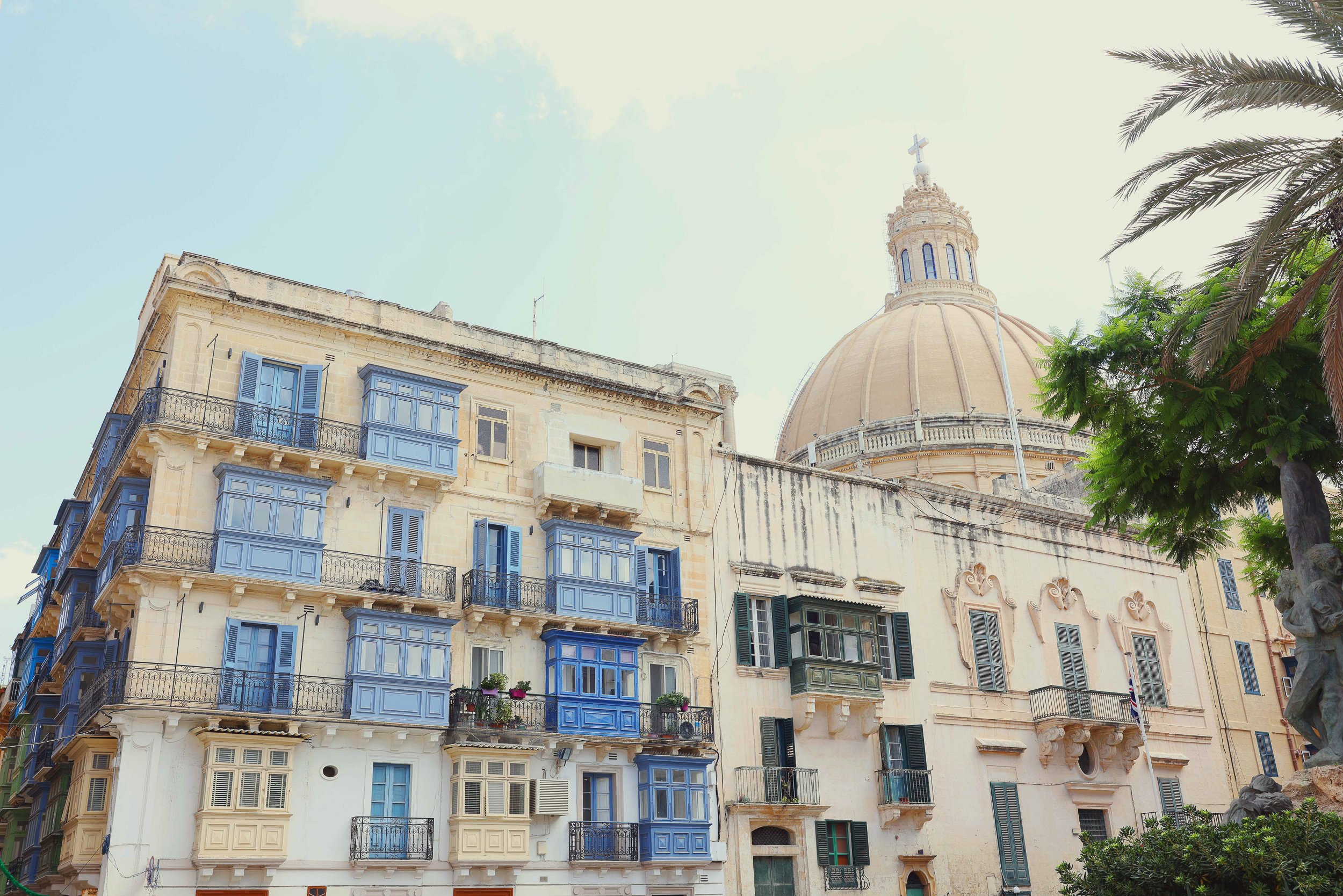Malta
The shores of Malta rise from the azure Mediterranean in the Sicilian straight, an island world where myth is tightly woven with history.
Malta’s legends loom as large as the country is small. Here, a Neolithic culture lost to time left behind mysterious megalithic temple sites that predate the Egyptian pyramids. The fog of ages is wrapped tightly around this ancient Maltese civilization with their iconic “cult of the fat lady”. Though little is known about the early peoples who left traces of an elaborate culture on the island, there is no doubt that Malta’s location between the Tyrrhenian and Ionian Seas has made it the iconic backdrop to some of the Mediterranean’s most infamous sagas.
Storytellers have held for centuries that Calypso’s seductive interlude with Odysseus took place on Malta’s sister island, Gozo. Tradition also claims Malta as the location of another notable, though less saucy, shipwreck that left St Paul stranded for several months, providing him the opportunity to perform a number of biblical miracles there.
During the medieval ages, Malta was the scene of a genuine dramatic saga that shifted the course of history when a sect of crusader knights battled an Ottoman invasion for the island’s strategic location in the Mediterranean. The Knights Hospitaller famously held Fort Saint Elmo to the last man standing, in what proved a successful suicide mission buying time for reinforcements to arrive.
Story and history have shaped Malta into a meeting place of sorts, at once idiosyncratic and indefinite but always intriguing in its charms. If you can bear the heat, there’s much to discover.
What to see in Malta
Besides the obvious allure of vivid blue waters and a laid-back Mediterranean holiday, Malta offers something for every type of traveler, making the island a unique and memorable destination.
Malta’s Capital, Valletta
Old Town Valletta, the picturesque capital of Malta juts into the sea on a peninsula enclosed by ancient walls. At its tip, the famous fort of Saint Elmo, and along its length, elegant stone streets fall away to glimpses of hazy cerulean under its layered rooftops topped by the dome of the basilica.
Throughout the capital, intricately encased balconies called gallarija paint the city’s stone streets with sun patina’d colors. These gallarija framed by the bright blue of the sea behind, create the effect that defines Valletta’s singularly stunning aesthetic.
The city’s streets offer a variety of glamorous, luxury-brand shopping alongside hole-in-the-wall antique shops and tiny local bakeries. As with most southern European cities, Valletta truly comes alive in the evenings as temperatures cool and bistros and bars fill to bursting with what could be described as a fairly mild and clean-cut crowd of holidaymakers.
The summer months are marked by cultural festivities, each town on the island has its own feast day (festa) complete with world-class fireworks. As the island’s capital, Valletta’s festa is nothing short of magnificent. The city is transformed with banners, religious effigies and processions.
While the festas are certainly worth planning to see, there’s no chance you’ll miss out on the drama no matter when your holiday falls, all summer long fireworks adorn the capital at night, and canons are fired daily in salute over the Grand Harbour from just below the photo-worthy Upper Barrakka Gardens facing Fort St. Angelo.
Valletta is pretty as a picture however in the height of summer, the city has its drawbacks. Its pristine stone streets are inundated with tourists daily when cruise ships dock in the morning like clockwork and an elbowing hoard flows down the street in a wave.
Meanwhile, the Mediterranean sun is inescapable in Valletta’s gleaming streets and walkways as heat bounces off the smooth creme stone that makes the city so beautiful, effectively baking you from every direction. If you arrive in summer, early morning is a peaceful time to enjoy the city’s beauty, and the evenings are cooler and full of life. I’d recommend napping, visiting Malta’s beaches or museums, or just generally being elsewhere during the heat of the day.
Where to stay in Valletta
Our hotel pick for luxury stay in Valletta. A sophisticated designer hotel, Rosselli is conveniently situated in the capital’s picturesque Old Town. The Rosselli is featured in The List.
Our hotel pick at a more moderate price point, offering a charming, full service boutique stay in the heart of Valletta.
2. The Walled City of Mdina
Mdina, the old medieval era capital of Malta sits atop a hill with sweeping vantage over the island. Its idyllic streets are similar to other well-preserved medieval enclaves throughout Europe but the beautiful carved entry gate is iconic to the city and its clean streets with quaint shops and eateries are memorable in their complete charm. This is an excellent place to catch dinner and a sunset while in Malta, as it boasts some of the island’s highest quality cuisine and the views over the valley allow you to take in an array of Malta’s summer fireworks. Afterward, it’s safe to stroll Mdina’s dark streets and soak in the beauty without the heat and tourists.
3. Marsaxlokk Fishing Village
Marsaxlokk is perhaps one of the most enjoyable and authentic of Malta’s communities, here tourism hasn’t wiped out the local culture but somehow fits into it and you sense the local traditions and pride.
Marsaxlokk is a fishing village where huge industrial mechanisms tower over the bay juxtaposed with the brightly painted Luzzu boats that dapple the town’s picturesque harbor.
Along the waterfront, fishermen lounge, socializing on their boats as if they were their living room, just steps away from where visitors dine on freshly caught seafood. Local elderly commune under umbrellas on the docks and teens perch on the rainbow colored benches.
Enticing sun seekers to this corner of the island for some cliff jumping is Saint Peters pool, only a 15-minute walk away from the village of Marsaxlokk.
4. Gozo Island
Gozo is Malta’s beautiful sister island with its own sense of local pride and a tight-knit community. It’s easily worth the trip from Valletta, there’s a fast ferry that will take you directly there and back for approx $7 so the journey is easy, cheap, and hassle-free. There are some incredible sites here including Calypso’s cave over Ramla Beach, Ghasri Valley, the Dwejra Inland Sea, the “blue hole”, the scenic capital town, Rabat, and the megalithic archeological site of Ggantija.
Planning to line up a local run tour of Gozo’s sites may be better than exploring on your own because the taxi services on the island will shamelessly gouge you if you try to go see these things yourself. There are buses but with the rural aspect, you would need plenty of time and a flexible attitude to explore in that way.
5. Boat Tours & Water Excursions
Comino Island and Popeye Village Tours are popular offerings for local tours by boat and are absolutely worth it, but it is essential to book ahead of time. Many of Malta’s most exquisite diversions can only be enjoyed from the water so I can’t stress enough to research, make your selection, and book well before your trip as the options left for last-minute excursions are terrible.
Comino is a small Island between Malta and Gozo which has become a popular stop for day tripping water excursionists eager to swim in the blue lagoon or the less crowded and just as beautiful Crystal Lagoon, and Santa Maria caves. The film set for “Popeye” (starring Robin Williams) was left fully intact and is now an amusement park and many boat tours will include a stop here.
6. Archeological Sites
Malta’s megalithic sites and prehistoric carved burial caverns continue to puzzle archeologists and they are their own draw for the ‘Indiana Jones inspired’ travelers, lured in by mysterious ancient pathways and intrigued by the unexplained “cult of the fat lady”. The burial caverns such as the Hal Saflieni Hypogeum (famed as one of the world’s best preserved prehistoric sites) require booking tickets ahead of time and there is no chance of seeing them last minute but you can be more flexible planning your visit to the Island’s megalithic archeological sites.
Malta; people & Culture
As an outsider making observations, if there’s one defining feature to the Maltese it may be the very lack of definition. So many cultures have come and stayed long enough to leave their mark on the island and its inhabitants over the ages, that Malta has evolved a sort of unique macro multi-culture.
Festival and Fireworks: Festas light up the Island of Malta all summer long as villages compete in exquisite firework displays and celebrate feast days.
Language: As a holdover from time as an English colony, everyone in Malta speaks English in addition to Maltese. The prevalent English can make for easy travel but it’s also a bit surreal because during your stay you may hear little Maltese, at least in the more common tourist destinations. The Maltese language shares so much with Arabic that the Maltese have a good understanding of spoken Arabic and visa versa. Most Maltese also understand and/or speak Italian and some Spanish.
Hospitality: Typical of many island cultures inundated with foreign tourism; locals can be insular and calloused against the seasonal influx of short-term visitors. To be honest there’s a recurrent feeling in exchanges with locals that they just want to conduct the financial exchange for whatever service they provide and move on as quickly as possible with little genuine connection. The warmest locals are often immigrants themselves, a newer population that have more recently made the island their home.
Undercurrents of Political and Population Conflict: Malta is a place that has changed dramatically within the last decade and many Maltese are not shy about voicing their distrust for a quickly growing population of immigrants that have brought an onslaught of permanent changes to the old Maltese ways of life and purportedly increased crime to the island. Additionally, there’s an undercurrent of dissatisfaction with political economic issues and a widespread local perception of rampant corruption in government. The sentiment seemed to be that while tourist money pours through the island yearly, it’s not well distributed and there is a gripping monopoly on many industries leaving little opportunity to climb for those who aren’t already well connected.
Authentic “Malta”: On Malta’s nearby, sister island; Gozo, a slower pace of life leaves islanders with the energy to meet and greet visitors and locals enjoy taking the time to explain arts and traditions or just to chat. Even the Maltese recommend spending some time on Gozo to get a more authentic sense of “Maltese” life.
Malta, a tiny archipelago with its riveting legends and history, complete with its extraordinary mixture of world influences; remains an enigmatic and endearing place. It doesn’t take long to see why Odysseus struggled to find the will to sail away from its rocky shores.




